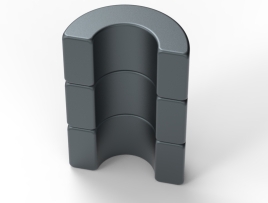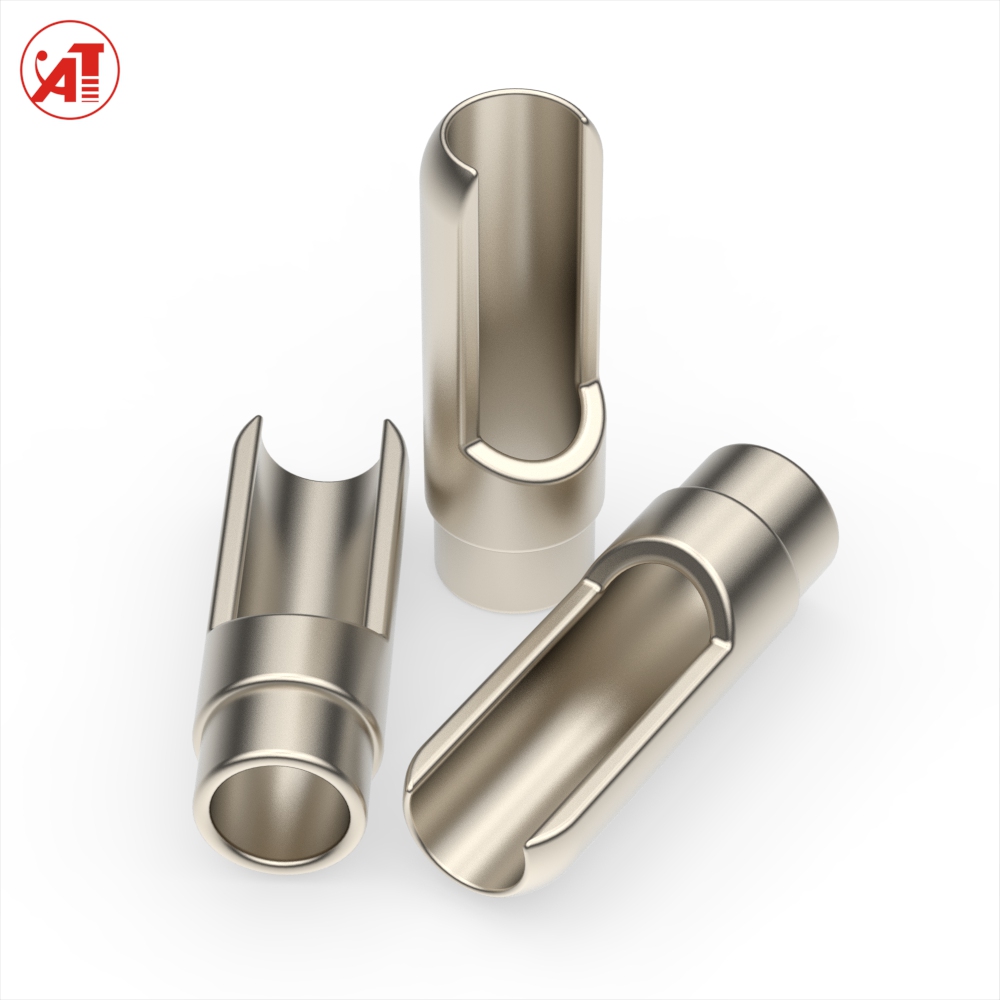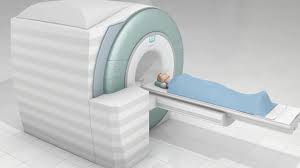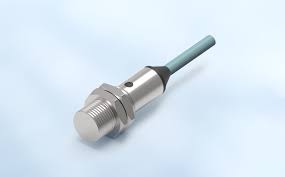-
 Magnet N35H Neodymium Magnet Arc Tile Segment Magnetic Balls
Magnet N35H Neodymium Magnet Arc Tile Segment Magnetic BallsPermanent/StrongSegment/Tile/Arc shape Neodymium NdFeB magnetHigh Ambient Temperature,
-
 Neodymium Magnet N52 N52 Neodymium Magnet NdFeB Magnet
Neodymium Magnet N52 N52 Neodymium Magnet NdFeB MagnetPermanent/StrongSegment/Tile/Arc shape Neodymium NdFeB magnetNormal Ambient Temperature,
-
 5mm Magnetic Balls Magnet Wood Stick N52 Neodymium Magnet Electroplated Epoxy
5mm Magnetic Balls Magnet Wood Stick N52 Neodymium Magnet Electroplated EpoxyPermanent/StrongSphere/Ball/Beads shape Neodymium NdFeB magnetMedium Ambient Temperature,
-
 Small Magnetic Pump Magnet Balls 5mm Motor Magnet Free Energy
Small Magnetic Pump Magnet Balls 5mm Motor Magnet Free EnergyPermanent/StrongSphere/Ball/Beads shape Neodymium NdFeB magnetNormal Ambient Temperature,
-
 neodymium magnet n52 strong magnet magnet motor free energy plated 18K Gold
neodymium magnet n52 strong magnet magnet motor free energy plated 18K GoldPermanent/StrongCylinder/Disc/Round/Washer/Rod shape Neodymium NdFeB magnetMedium Ambient Temperature,
-
 Magnetic Materials Cube Disc Magnets N52 Neodymium magnet
Magnetic Materials Cube Disc Magnets N52 Neodymium magnetPermanent/StrongCylinder/Disc/Round/Washer/Rod shape Neodymium NdFeB magnetSuperior High Ambient Temperature,
-
 neodymium fishing magnet magnetic socket organizer strong magnet
neodymium fishing magnet magnetic socket organizer strong magnetPermanent/StrongCylinder/Disc/Round/Washer/Rod shape Neodymium NdFeB magnetNormal Ambient Temperature,
-
 magnet round Magnet Disc Custom Magnets
magnet round Magnet Disc Custom MagnetsPermanent/StrongCylinder/Disc/Round/Washer/Rod shape Neodymium NdFeB magnetSuperior High Ambient Temperature,
-
11-27Neodymium NdFeB Magnets - Applications in Surgical Instruments
-
11-27Neodymium Iron Boron Magnets - Applications in Magnetic Encoder Industry
-
11-25Neodymium Iron Boron Magnets - Magnetic Field Direction
-
11-16Sintered NdFeB
-
11-15Magnetic performance and physical property of Sintered of AlNiCo
-
11-08Magnetic performance and physical property of SmCo
-
11-08Features of AlNiCo








